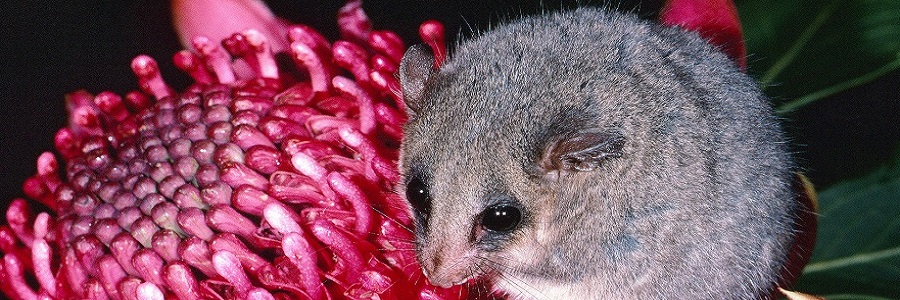Fire

Fire is a natural process in NSW forests. Many forest types and species have adaptations to regenerate following fire, although some forest types can be replaced following severe fire, such as rainforest. Management activities and changing climate can influence the location, size and severity of fire on NSW forests.
Priority RFA information
Sustainability Indicators
Inform measures and reporting on performance in relation to the following Sustainability Indicators:
Criterion 3: Maintenance of ecosystem health and vitality
- 3.1a Scale and impact of agents and processes affecting forest health and vitality
- 3.1b Area of forest burnt by planned and unplanned fire
Focus areas
- Analyse historical data and information to examine drivers and impacts, including wildfire, drought and climate change on current and predicted forest extent, conditions and health
- Simulate and forecast future scenarios and outcomes
- Monitor key metrics to test and track thresholds, benchmarks and forecasted outcomes
- Analyse the actual, or likely effectiveness or impact of adaptation and management regimes to promote forest resilience under forecasted scenarios
- Impacts of fire, drought, forest dieback and climate change on sustainable timber yield and forest ecosystems.
Evaluation questions for all RFA regions
- What is the extent, condition and health of NSW forests, and what are the predicted trajectories?
- Is timber harvested in a sustainable manner?
Monitoring activities
- Fire Extent and Severity Mapping (FESM)
NSW Rural Fire Service, DPIE Remote Sensing & Regulatory Mapping team
More details here - Rapid Assessment of Fire Impact on Timber (RAFIT)
Forestry Corporation of NSW - NSW Rural Fire Service mapping and recording fire extent using Bush Fire Risk Information Management System (BRIMS) and its replacement Guardian Bush Fire Risk Information System
Research
- Supporting post-fire ecological resilience and recovery planning in NSW forests
NSW Department of Planning, Industry and Environment, NSW Rural Fire Service and University of Wollongong
Timing: 15 November 2019 to 15 November 2021 - Implications on changing fire intensity and regimes on coastal IFOA objectives and outcomes
Coastal IFOA Monitoring and Improvement Program - Bushfire and Natural Hazards CRC research program
See research priorities.
Outputs
Co-ordinated state-wide monitoring projects.
Data sharing portals established and operating, including:
- SEED (The Central Resource for Sharing and Enabling Environmental Data in NSW)
Department of Planning, Industry & Environment – Environment, Energy and Science - Science, Economics and Insights Division – Economics, Data Analytics and Insights branch
Activity: Contains publicly accessible land, air and water data from NSW Government agencies, including species sightings, vegetation change, vegetation mapping, Ramsar wetlands
Timing: 2016 – 2027/28
More details here
Collaboration between agencies on shared program.
Reports detailing results of programs.
